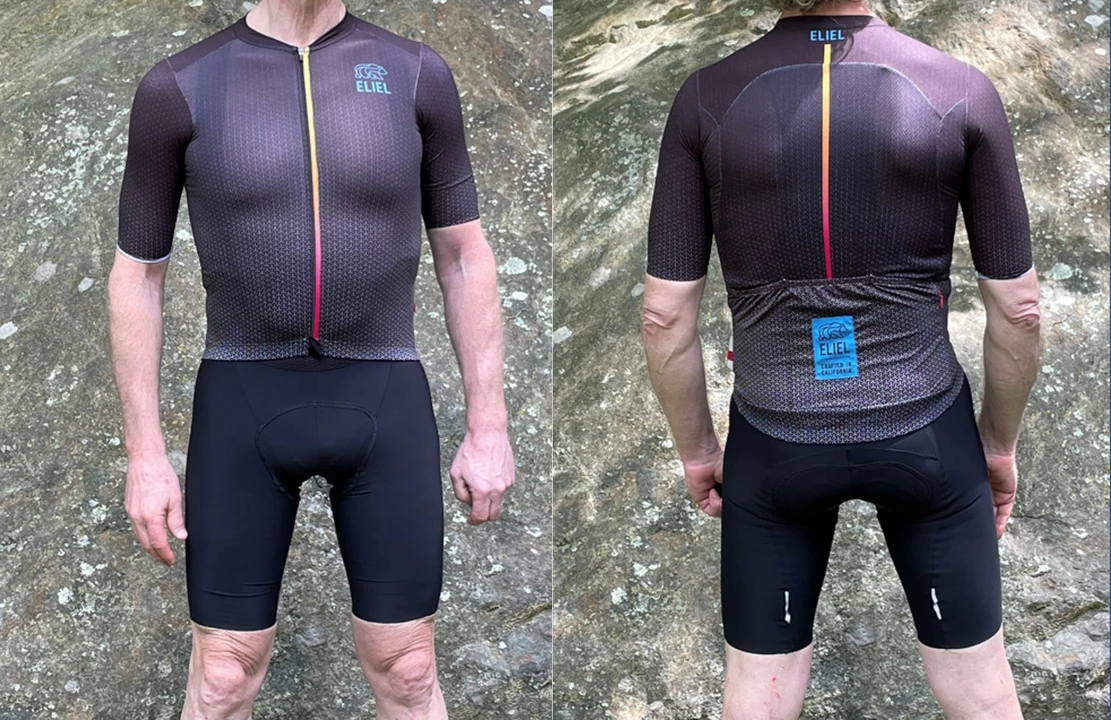Cycling Shorts: What to Look for and How to Keep Them Fresh
If you spend any time on a bike, you’ve probably felt the difference a good pair of cycling shorts can make. The right pair keeps you comfy, reduces chafing, and lets you focus on the road instead of sore hips. Below are the basics you need to know before you click ‘add to cart’ and a few simple tricks to make them last longer.
How to Choose the Right Fit
Fit is the biggest factor. Look for a snug but not strangling feel around your hips and thighs. The fabric should hug your skin so the chamois (the padded part) stays in place. If the shorts are too loose, the padding will shift and you’ll feel hot spots. If they’re too tight, circulation suffers and you’ll get numbness.
Length matters too. Most riders prefer a 3‑in‑1 or 4‑in‑1 length that ends just above the knee. This gives enough coverage to protect the inner thigh while still allowing a full range of motion. Some people like a longer cut for extra support on long rides, but it can feel bulky on hot days.
Material is another piece of the puzzle. Look for a blend of polyester and elastane – the polyester wicks sweat away, while elastane adds stretch. High‑tech fabrics often claim “dry‑fit” or “micro‑fiber” – they work, but a simple polyester‑spandex mix is usually cheaper and just as effective.
Don’t forget the chamois quality. A thicker chamois gives cushioning for rough roads, while a thinner one feels more natural on smooth pavement. Some brands offer removable pads, which let you swap for a different thickness depending on the ride.
Care & Maintenance Tips
Keeping cycling shorts fresh is easier than you think. Always rinse them after a ride – sweat and grime can build up and cause odor. Hand‑wash in cold water with a mild detergent, or use a mesh laundry bag on a gentle cycle. Skip the fabric softener; it can coat the fabric and reduce its wicking ability.
Air‑dry them flat. Hanging them by the waistband can stretch the elastic over time. If you must use a dryer, set it to low heat and remove the shorts as soon as they’re dry.
If the chamois gets a stubborn smell, soak it in a mix of water and a tablespoon of baking soda for 30 minutes before washing. This neutralizes odor without damaging the padding.
Store your shorts in a dry, breathable bag rather than a sealed plastic sack. This prevents mildew and keeps the fabric’s breathability intact.
Finally, replace your shorts when the elastic starts to sag or the chamois feels thin. Most riders get about 300‑500 rides out of a good pair, depending on mileage and how well they’re cared for.
Choosing the right cycling shorts and taking a few minutes to look after them can dramatically improve your comfort on the bike. Whether you’re tackling a local commute or a multi‑day tour, the right pair will keep you focused on the ride, not on sore spots.
Which is better, bib shorts or cycling shorts?
After comparing bib shorts and cycling shorts, I've found that it really depends on personal preference and the type of cycling you do. Bib shorts provide more support and comfort for longer rides, as they don't have a waistband that can cause discomfort. On the other hand, cycling shorts are more versatile and easier to wear in various situations. It's essential to try both and see what feels best for you and your cycling needs. Ultimately, comfort and functionality should guide your decision.
